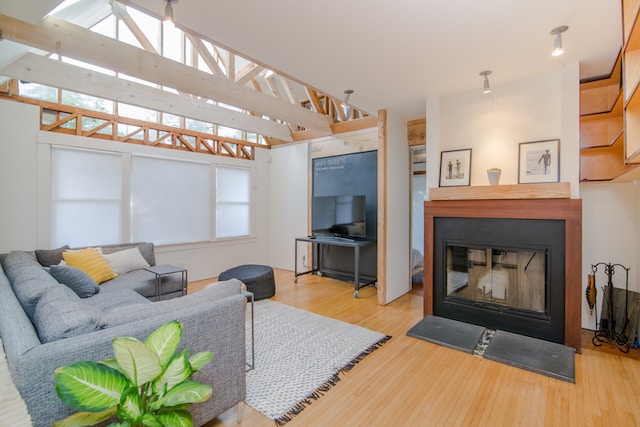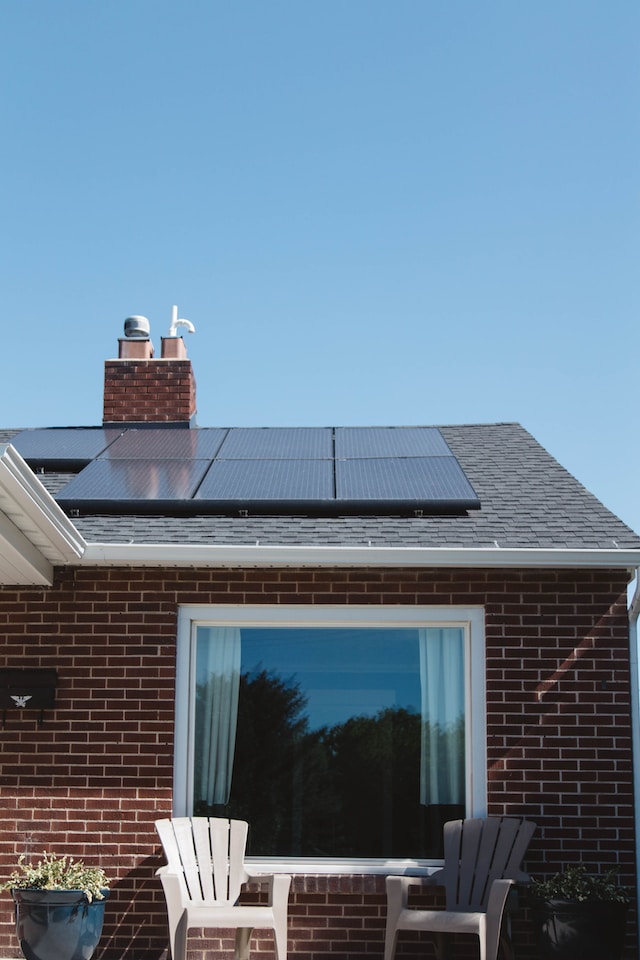
In the world of modern architecture and interior design, sustainability has emerged as a critical component of the design process. Sustainable design involves using materials and techniques that have a minimal impact on the environment while also creating functional and aesthetically pleasing spaces. You don’t have to think about the complications of environmental conservation and climate change just to be thoughtful of your ecological impact.
Sustainable design involves the use of renewable resources, such as wood, bamboo, and recycled materials, in addition to eco-friendly products like low-VOC paints and energy-efficient lighting. These elements help reduce the consumption of natural resources and minimize the amount of waste generated. It’s more than just choosing smaller furniture, it’s about understanding what goes into the items we have in our homes and buildings.
More than just a buzzword
Sustainability is not just a buzzword in the design industry. It is a call to action, a way of life that we must adopt if we want to preserve the beauty and wonder of our planet. Sustainable design is a creative discipline that allows us to merge our aesthetic values with our societal and environmental responsibilities. The impact of our actions on the earth can no longer be ignored, and the design industry has a responsibility to make a positive contribution.
Sustainable design is not just about making one or two changes to a building or object. It is a mindset, a way of thinking that needs to inform the entire design process. From the selection of materials and choosing where to buy them from, to the way we dispose of waste, everything must be carefully considered. With this mindset, we can create buildings that not only look good but also do good.
The beauty of sustainable design is that it does not impede creativity. Instead, it opens up new doors of possibility. With eco-friendly materials and innovative technologies, we can create spaces that are not only energy-efficient but also visually stunning. The blend of form and function can create something truly extraordinary.

Architects and designers are increasingly using sustainable design practices to create spaces that fuel creativity and productivity. It has become a driving force in the industry, and it is easy to see why. The process encourages collaboration, community, and innovation. It is the perfect vehicle for creating spaces that inspire and connect people.
Sustainable design is not just about the present, but it is also about the future. By designing buildings and spaces that use fewer resources and create less waste, we can ensure that future generations inherit a world that is not depleted and damaged. It is truly a legacy worth leaving.
An emphasis on energy-efficiency
In addition to the use of eco-friendly materials, sustainable design also involves the efficient use of energy and water. This includes the use of energy-efficient heating and cooling systems, natural daylighting strategies, and the integration of water-saving plumbing fixtures. By incorporating these features into a design, we can reduce our carbon footprint and combat global warming.
Reducing our carbon footprint through sustainable design matters for several reasons. Firstly, it helps to combat climate change and preserve our planet for future generations. The ever-increasing amount of carbon emissions has severely impacted the natural systems of the earth, leading to irreversible damage. By reducing carbon emissions and promoting sustainability, we can hope to reverse the damage done and create a healthier planet for all.
Sustainable design encourages the efficient use of resources, leading to cost savings in the long term. By incorporating systems such as energy efficiency, sustainable materials, and water-saving technologies, we can reduce operational costs and improve overall efficiency.
In addition, sustainable design creates a healthier, more comfortable living environment for building occupants. By promoting natural lighting, access to nature, and non-toxic materials, we can improve indoor air quality and create a more welcoming and enjoyable space for everyone to live, work, and play.
Lastly, sustainable design encourages innovation and collaboration. By pushing the limits of what is possible with eco-friendly materials and energy-efficient systems, we can create opportunities for exploration, creativity, and new discoveries.

Looking beyond the aesthetics
Sustainable design is not just a trend; it is a philosophy that promotes holistic thinking and responsible stewardship of our planet. By embracing sustainable design practices, we can create a world that is beautiful, healthy, and sustainable for generations to come.
In conclusion, sustainable design offers a range of benefits that go beyond just aesthetics. It provides a holistic approach that considers the well-being of both the environment and the people who use the space. By incorporating sustainable design principles into our projects, we can create spaces that not only look beautiful but also promote a healthier, more sustainable world for generations to come.
